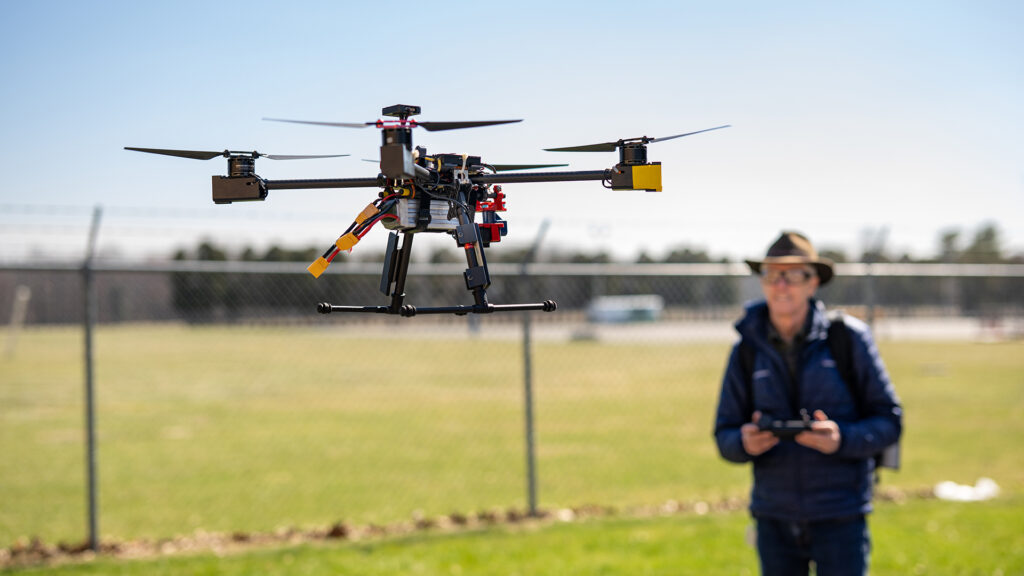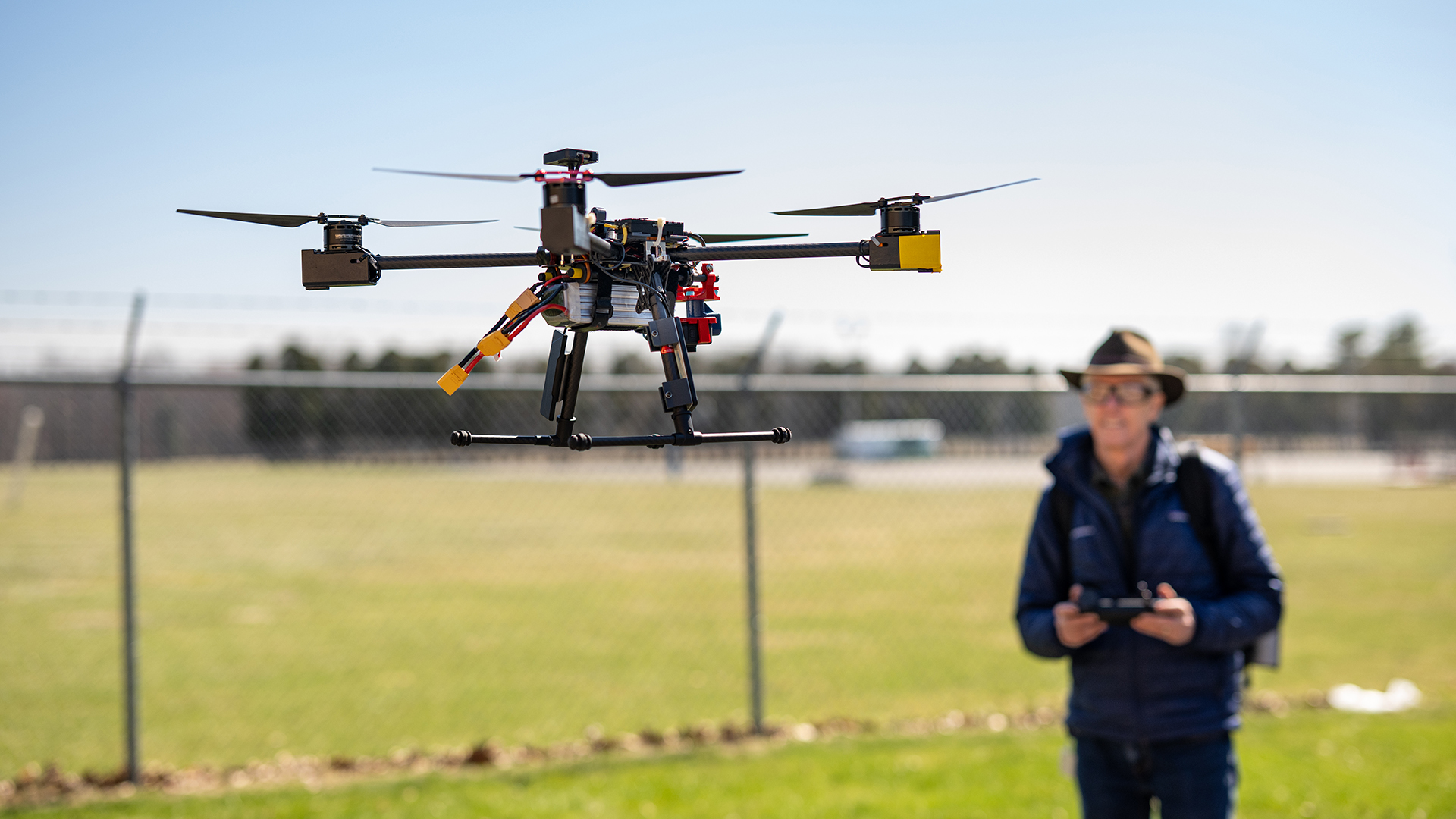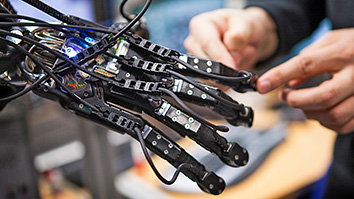
The dataset of 28,000 unmanned aerial vehicle designs could help researchers use AI to generate new, functional drone designs tailored to specific tasks.
There are many ways to make something fly, but most existing aircraft designs are only slight variations on a few proven models and developing new designs can take years. Researchers at SRI believe that AI could help produce new, creative designs more quickly, and allow the designs to be tailored to specific tasks.
To that end, an SRI-led team has created AircraftVerse, a publicly available dataset containing roughly 28,000 AI-generated unmanned aerial vehicle (UAV) designs. Using this dataset, machine learning researchers are testing and starting to develop algorithms to generate new drone designs.
“Incremental design change has its limits,” said Susmit Jha, the technical director leading SRI’s Neuro-Symbolic Computing and Intelligence research group. “We want to do more free design where we could come up with a design that best suits a specific task and do it quickly.”
The AircraftVerse dataset could also be a boon to aircraft engineers, the researchers said. There are not very many high-quality datasets that allow designers to understand the physics of innovative drone designs, and there might be patterns in this data that could help engineers improve designs.
Designing new kinds of drones that can work in the real world
AI algorithms have already been proven effective at learning from and generating text and images, but UAVs must function in the real world. The designs in AircraftVerse are more than just AI-generated sketches of possible drones—they also need to operate in the real world and be consistent with the laws of physics. The AircraftVerse designs created by SRI’s neuro-symbolic AI use real-world components including batteries, propellers, motors, and electronics, and have performance metrics such has maximum flight distance and hover time calculated using high-fidelity scientific models.
“If you’re trying to generate an image of a UAV, it doesn’t really matter if an AI model makes an error on one pixel because it doesn’t need to fly,” said Adam Cobb, a senior computer scientist at SRI. “The AircraftVerse designs would need to be developed further before they could fly, but they’re basically early prototypes. We’re trying to remove some of the effort at the beginning of the design process and allow for more creative digital solutions prior to real-world testing to cut back on time and cost.”
Using AI to take the dataset to become more functional
To generate the dataset, the researchers started with a small number of functioning drone designs and created a neuro-symbolic AI to iterate off those designs with very few restrictions. Most of the resulting designs in early stages would never make it off the ground, but the researchers were able to evaluate their functionality and slowly create a larger pool with more successful designs. Based on those, they developed an algorithm that automatically learns rules—requiring that wings be at least somewhat horizontal, for example—without relying on restrictive human ideas of what is possible. This allowed them to generate designs that were more likely to fly while still being able to make creative choices.
The AircraftVerse dataset includes the designs the researchers generated over two and a half years. Some aircraft have as many as six wings and others have up to 12 propellers. Some will travel for 20 kilometers and some can’t fly at all. But even those nonfunctional designs, which may be unbalanced or contain impractical geometry, provide valuable data points to help shape new UAVs.
“Some designs might fail badly, but they could help us accidentally stumble onto a design that is really good and we’ve never seen before,” Cobb said. Machine learning methods require both good and bad designs to learn, and AircraftVerse provides such a dataset.
Moving beyond drones to other machines and vehicles
Now that they’ve figured out how to represent these complex designs in a way that can be used to train an algorithm, the SRI researchers are trying to extend their technique to other areas. They are working to generate a similar array of novel designs for ground-based vehicles.
“This could have applications in underwater spaces or in designing new kinds of arms for picking fruit,” Jha said. “Human designers in general have really siloed ourselves into certain types of designs across many industries from aircraft to automobiles, and AI can help us consider creative new options that may end up serving us even better.”



